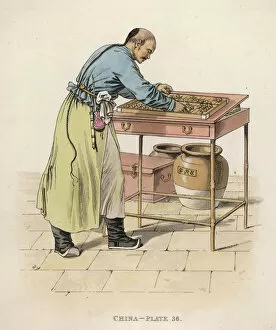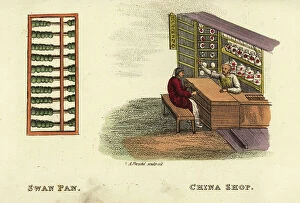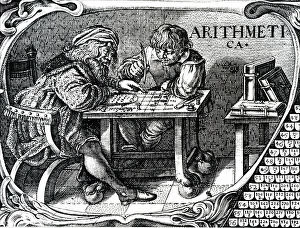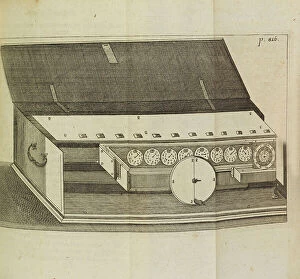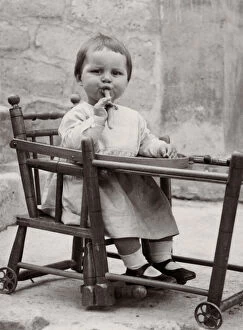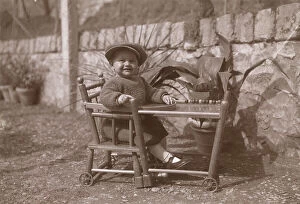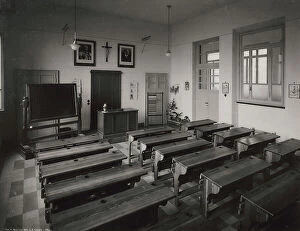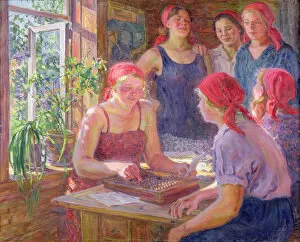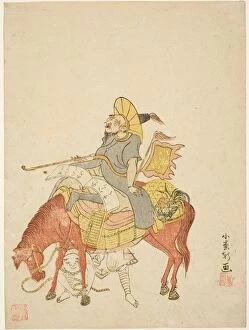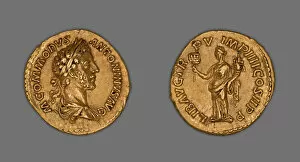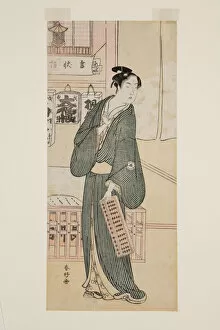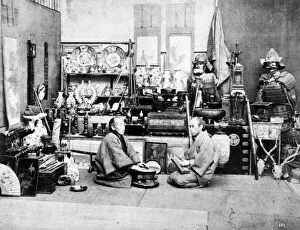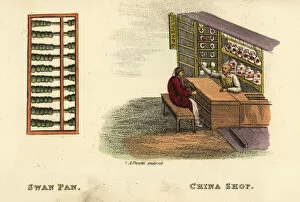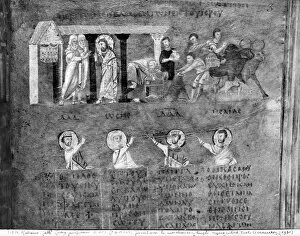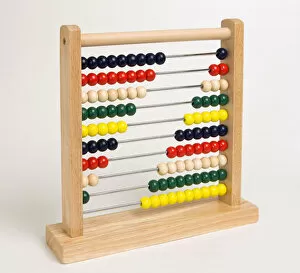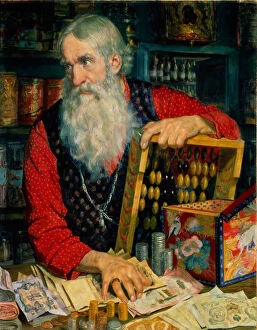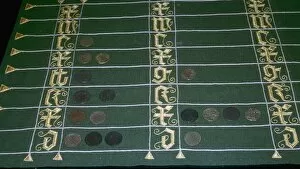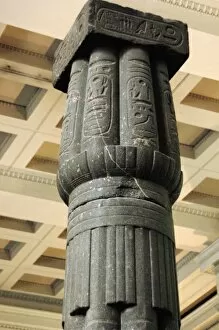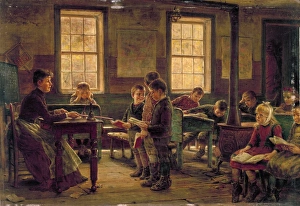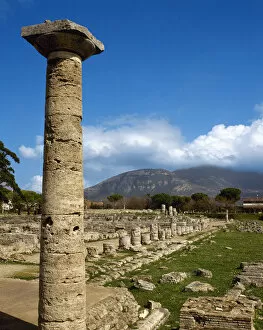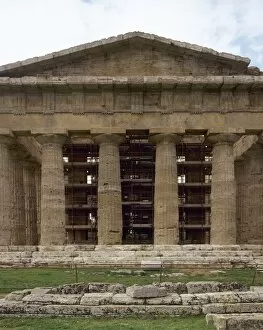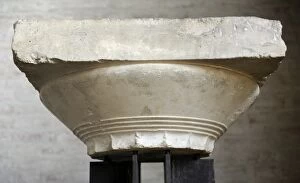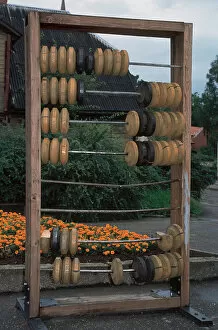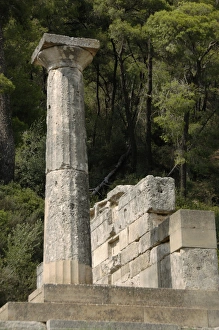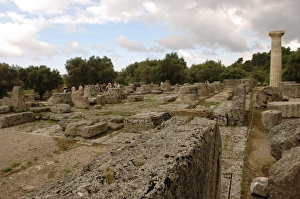Abacus Collection
The abacus, a timeless tool for calculation and counting, has a rich history spanning across different cultures and eras
All Professionally Made to Order for Quick Shipping
The abacus, a timeless tool for calculation and counting, has a rich history spanning across different cultures and eras. Originating in ancient China in 1814, the Chinese Abacus quickly became an essential instrument for merchants and scholars alike. Its intricate design allowed for efficient calculations that shaped the world of commerce. In Architecture I: Orders of Architecture, engraved by Charles Lawrie, we see how the abacus influenced even the field of architecture. The precision and balance seen in this engraving mirror the meticulous nature of using an abacus. Bookmakers also found great use for this device as they meticulously counted their pages to create beautiful books. An antique illustration depicts a man with an abacus diligently ensuring accuracy in his work. Not limited to China alone, Japan embraced this mathematical marvel as well. A Japanese man is captured on an antique illustration skillfully manipulating beads on his abacus, showcasing its universal appeal. Even educational institutions recognized the importance of teaching children about numbers through hands-on experiences. Barnardo's Kindergarten integrated the use of abacuses into their curriculum to foster early numeracy skills among young learners. Traveling westward to Italy's Sicily brings us to Agrigento's archaeological site where we find remnants of ancient temples like Temple J with its papyriform column resembling rows upon rows of beads on an abacus. Greek art immortalized the grandeur and beauty found within structures like Athens' Parthenon. This architectural masterpiece stands tall much like an abacus displaying numerical harmony amidst artistic brilliance. Fast forward centuries later; working days calculation becomes more streamlined with oil paintings capturing scenes from everyday life such as "Working Days Calculation" painted in 1934 on canvas—a testament to how technology evolves but principles remain constant. Lastly, we encounter "The Chinese Quartermaster" created by Komatsuya Hyakki in Japan during 1765—showcasing cross-cultural exchange between nations and the abacus as a symbol of unity in mathematics.

